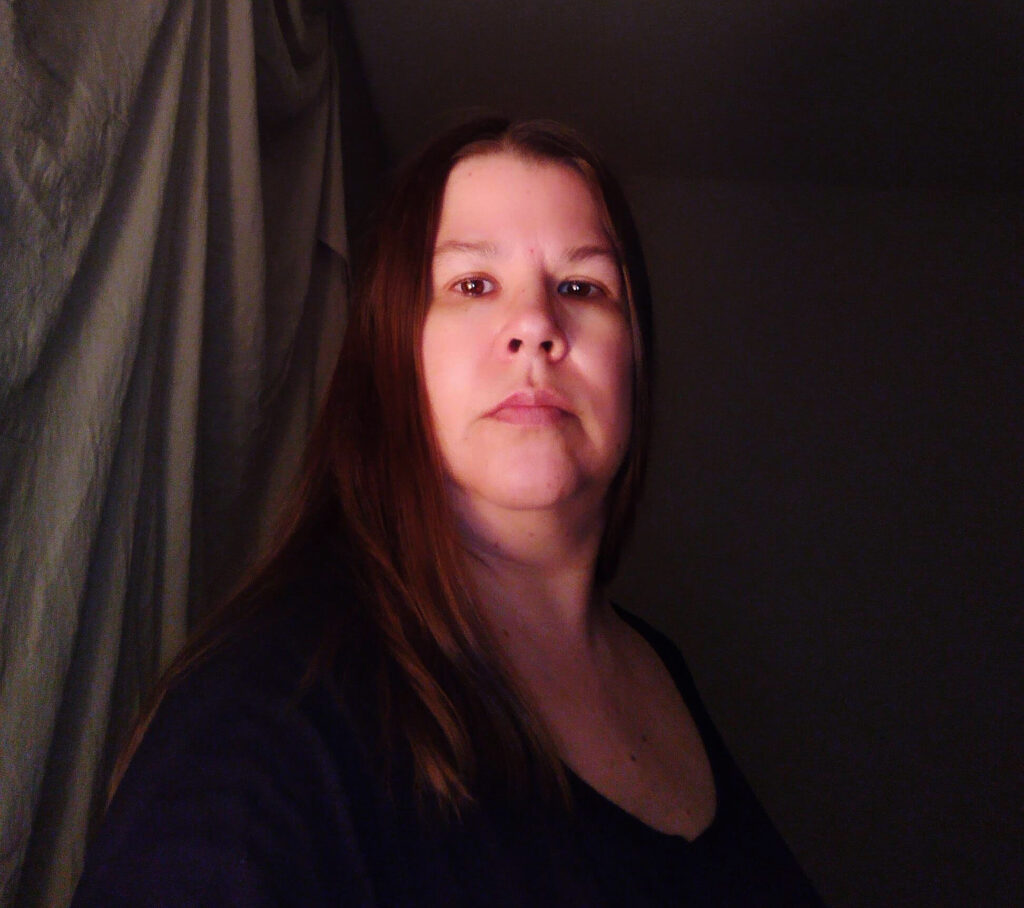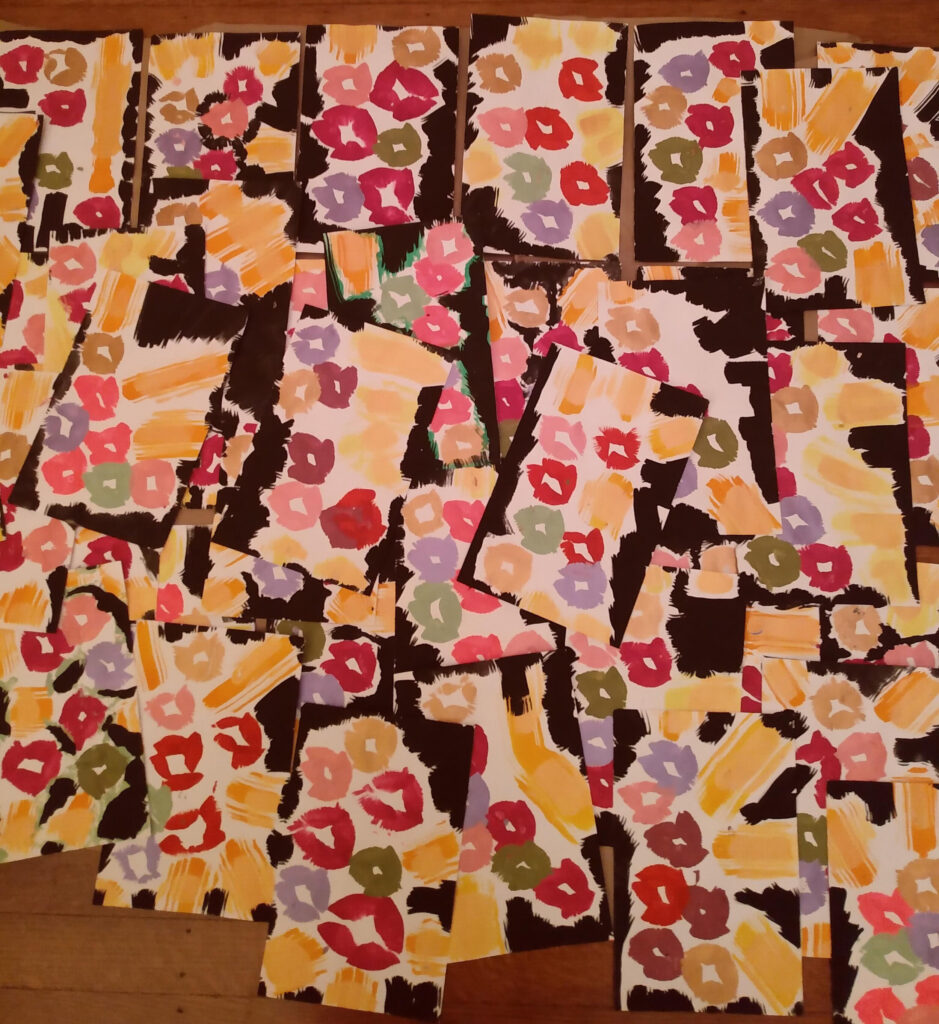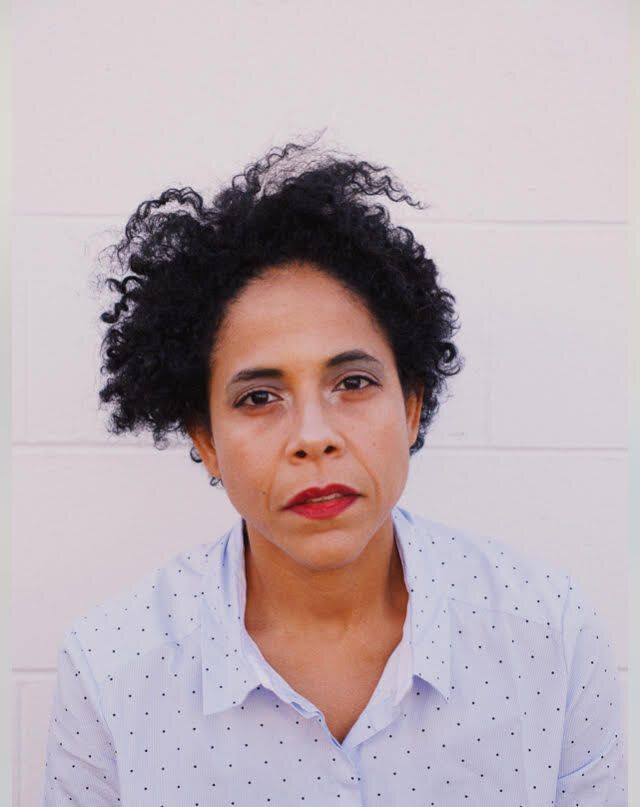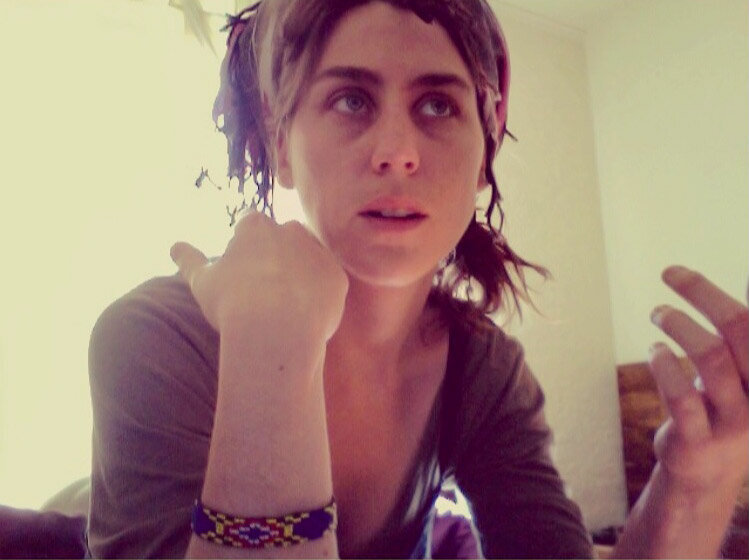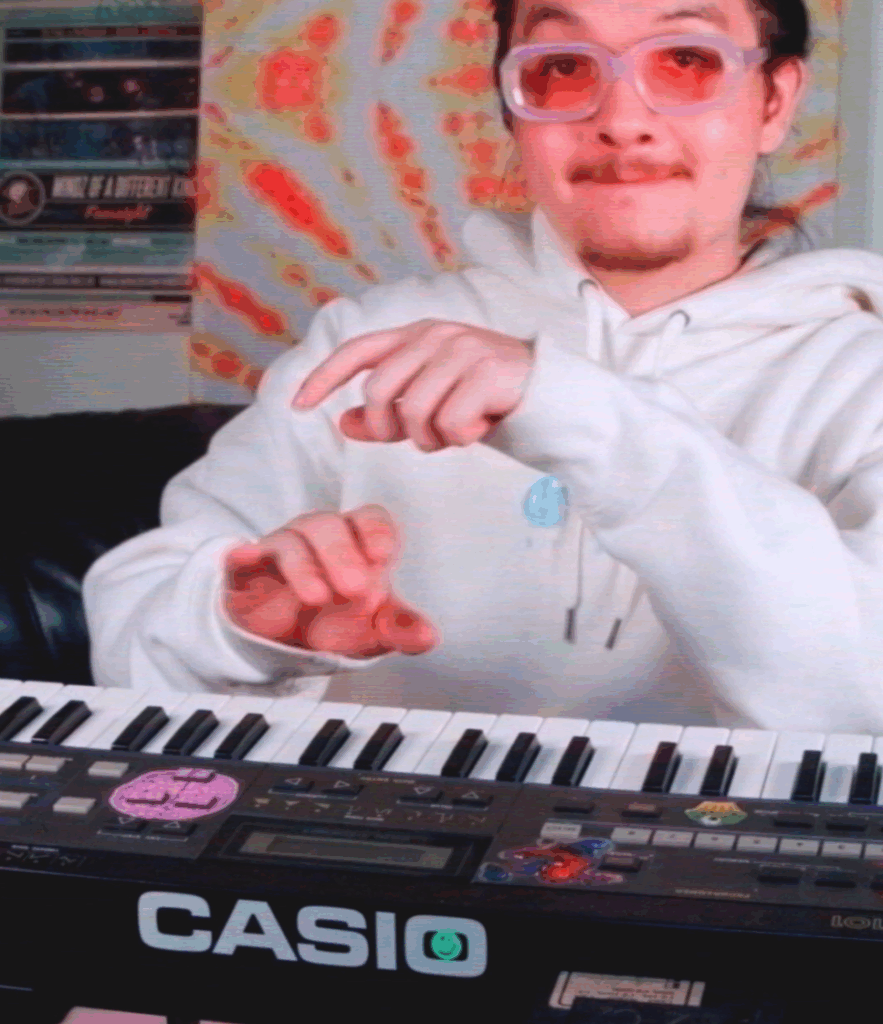
Flobama is a hip hop/electronic producer & performer from Austin, TX. He cut his teeth making beats & rapping in the UT West Campus co-op house show scene as member of experimental rap collective Hermit Kingdom, also serving as radio host for KVRX 91.7 FM’s premier hip hop + beats show ‘Champion Sounds.’ He went on to tour France twice as the DJ for Mindz of a Different Kind, and played SXSW 2018 as the official DJ for Vietnam-based international touring duo New Fame. Flobama has recently gained notoriety for his show-stopping finger-drumming performances using 2 samplers, and weekly installments of beat videos using his collection of vintage Casio synths. His latest album ‘Warp Mode’ was released in May 2020 by Austin-based inSECT Records, since then he has also released numerous beat tapes and EPs on bandcamp including “H-E-Beats” and most recently “Have A Biscuit EP.”
See video “J Dilla “Get Dis Money” x “Come Get It” SP404SX / MPC Live Flip”
COTFG – What were your musical or general artistic influences for your historical work or current projects?
Man i could go on forever about my influences but I’ll try to keep it somewhat concise… The artists who originally inspired me to start making hiphop beats are Flying Lotus (his album Cosmogramma was something of a musical awakening for me) and J Dilla. This was around my first year of college in 2010, before that I had already been in love with Jazz, particularly the funk/rnb-tinged jazz fusion work of Herbie Hancock, who is still my favorite living musician. Around this time I also delved into Miles Davis’s experimental/electric work like Bitches Brew & In A Silent Way, & the laid-back gentle calm of Antonio Carlos Jobim’s Bossa Nova compositions.
A couple of years later I became a fan of Canadian producer Memorecks, through his YouTube videos showcasing his MPC finger-drumming skills. I think this guy planted the seed in my mind of what would eventually become one of my own signature styles; finger-drumming boom-bap beats using multiple samplers. Recently I’ve been getting really inspired by artists who combine jazz, neo-soul, rnb + hiphop, particularly this mind-blowingly talented up-and-coming kid called Master Soul Boy. On the flip side of that coin, I’ve also always loved sample-based beats + raw-sounding hip hop, from Knxwledge to Alchemist, Samiyam, and rappers Freddie Gibbs, Action Bronson and Griselda to name a few. Recently I’ve been able to amass a decent following off my beat videos, currently my 2 greatest inspirations in that area are The KOUNT and Kaelin Ellis.
See video “TUNNELS” Synth Lofi with SP-404SX, Casio CZ-101, Yamaha DX100, Casio MT-240“
COTFG – What other ways of expression you hope to explore using recorded video or live streaming ?
I want to start off by saying that live-streaming shows (for me personally) are NOWHERE NEAR as satisfying as a real, in-person set, speaking as a performer AND audience member. Obviously, streaming has been the only viable option for music performance for the past year and I have been fortunate enough to perform a handful of them, including for Exploded Drawing TV and the Austin Asian American Resource Center. While it’s nice that I can pre-record my performances for these types of things + remove the ‘game-time’ pressure, I just severely miss real-time audience interaction and the sense of community that comes from everyone hearing the music in the same space on a big system. As far as the technical experience goes, there are definitely still some hurdles to overcome – with platforms like Facebook & Twitch muting live-stream audio for potential copyright strikes (see last month’s Twitch fiasco with Metallica) and just the myriad technical snags that come with fickle internet connections, audio routing issues + the like… This is why I currently much prefer pre-recording live-sets for a pseudo “live-stream” rather than playing in real-time where so many things can go wrong.
That being said the 1 thing I HAVE enjoyed about live-streaming shows is the chatroom & being able to respond to folks in real-time. I did a series of sets on IG live at the start of the pandemic where it was part performance + part Q&A, and being able to interact with my fans in that way was actually pretty fun! That’s a concept that I hope finds its way into real shows when they start happening again – it would be so cool to have a dedicated chatroom during an actual event! Or maybe that would backfire and just have people staring at their phones way more. Either way, I definitely have plans for more live-stream sets in the near future, but GOD I miss playing actual shows. A lot.
See video “Exploded Drawing Television: Official Session XLIX“
COTFG – What have you been listening to lately?
A lot of this is in my first answer so I’ll just expand it a bit with a list of my current favorites:
Producers – ARK, Immrcy, 40hands, Nameless, Ohbliv, Alchemist, Samiyam, Madlib, Elaquent, BoomBaptist, Juicy the Emmisary, Dibiase, El-B
Rappers – Freddie Gibbs, Griselda (Benny the Butcher, Conway + Westside Gunn) Boldly James, Pink Siifu, Fly Anakin, Brainorchestra, Scuare
Instrumentalists/bands/singers – Soul Coughing (my all-time favorite band), Herbie Hancock, Master Soul Boy, Moonchild, Lisa Bella Donna, Hiromi Uehara, D’Angelo
COTFG – What does experimental/avant-garde mean to you?
For me it means creation without any link to established rules, convention or genre of any kind, OR could be the fusion of multiple disparate influences into something previously unheard. Maybe like the mindset Miles Davis was in when he recorded Bitches Brew. It’s so interesting how something that started off as weirdo experimental music has the potential to grow in popularity & dominate pop culture, like how Flying Lotus came on to peoples radar through his super-niche trippy Adult Swim bumper music, and now he’s basically one of the core influences of the entire beat culture as it stands today. As a guy who wears my musical influences on my sleeve, I don’t really consider myself to be an experimental/avant-garde artist. Maybe my performance style could be considered avant-garde in a way because it’s something not many people have seen before? Who knows man. I’m just tryna make beats & live.
You can find out more about Flobama‘s work at https://flobama.bandcamp.com/
IG @flobama91
patreon.com/flobama
Spotify
YouTube
